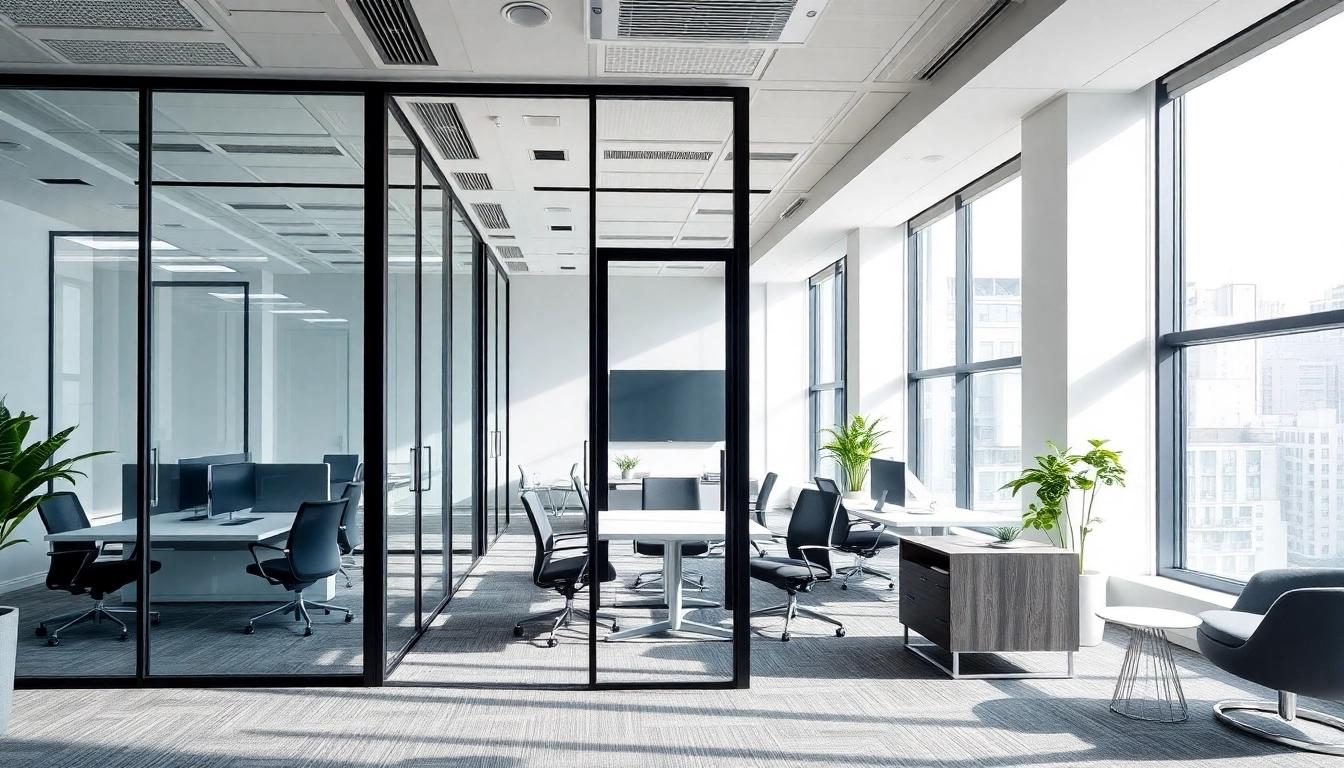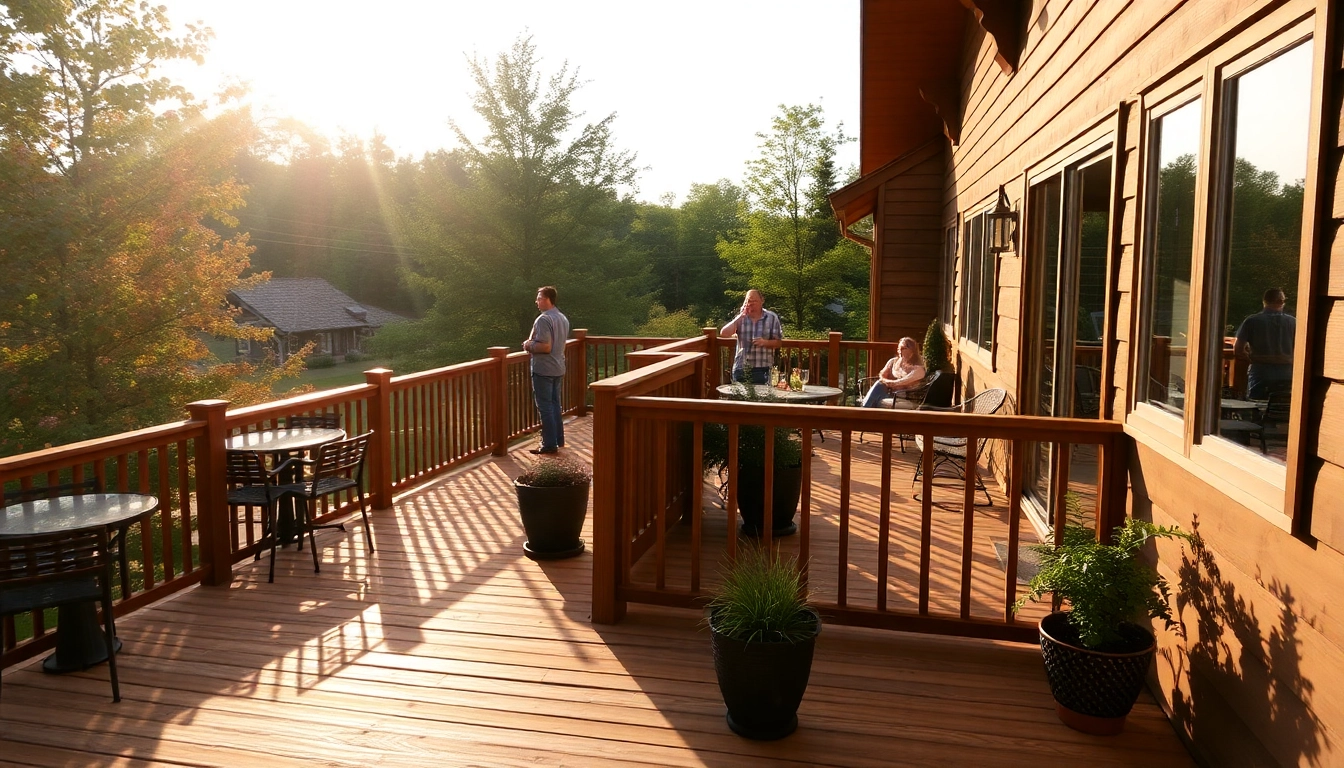Understanding the Basics of Building Your Own Pool
Building your own pool can transform your backyard into a personal oasis, providing a space for relaxation, recreation, and entertainment. It not only enhances your home’s value but also gives your family a fantastic area to enjoy during the warm months. If you’re ready to build your own pool, this comprehensive guide will take you through the essential steps to make your dream a reality.
Choosing the Right Location for Your Pool
The location of your pool is one of the most crucial decisions you’ll make. Not only does it impact aesthetics, but it can also affect functionality and compliance with local regulations. Start by considering the following elements:
- Sunlight: Pools should ideally receive ample sunlight for the maximum amount of time during the day, as this helps maintain warm water temperatures and reduces heating costs.
- Access: Choose a location that allows for easy access from your home. Think about how far you’d like to walk with towels, drinks, and pool gear.
- Privacy: If you value privacy, consider placing your pool in a more secluded part of your yard or utilizing landscaping features such as trees and hedges.
- Drainage: Ensure that the chosen location has proper drainage to prevent water accumulation around the pool area.
- Local Regulations: Always consult your municipality regarding zoning laws or regulations that may dictate where pools can be placed.
Types of Pools: In-ground vs. Above-ground
When deciding to build your own pool, the first decision you’ll face is whether to opt for an in-ground or above-ground pool. Each type has distinct advantages and disadvantages:
In-ground Pools
In-ground pools are generally seen as more permanent and can significantly increase your home’s value. They can be customized in shape and size and are less likely to disrupt lawn maintenance. However, they come with a higher initial investment and may require more maintenance over time.
Above-ground Pools
Above-ground pools are typically more affordable and easier to install. They are available in various sizes and shapes, and if you move, you can often disassemble and take the pool with you. However, they are less durable and could be seen as less aesthetically pleasing compared to in-ground pools.
Design Considerations for Your Unique Backyard
Designing your pool is an exciting opportunity to integrate it into your backyard’s natural aesthetics. Here are some design considerations:
- Size and Shape: Consider the overall space available in your yard. Larger spaces can accommodate artistic shapes, such as kidney or freeform pools, while smaller yards might benefit from a simpler rectangular shape.
- Decking and Surrounding Area: The pool deck is essential. It provides space for lounging, dining, or entertaining. Choose materials like concrete, stone, or wood that complement your home’s exterior.
- Landscaping: Incorporate plants, patios, and other landscaping elements that enhance the pool area while providing privacy and shade.
- Lighting and Accessories: Think about safety features, water features, lighting, and additional elements like spa areas or diving boards that will improve your pool’s usability.
Planning Your Pool Project
Once you have a conceptual design and an understanding of the type of pool you want, prudent planning becomes essential.
Setting a Realistic Budget for Your Pool
Setting a budget is critical. Here’s how to manage it effectively:
- Estimate Overall Costs: A comprehensive budget includes excavation, materials, equipment, permits, and landscaping. Determine the most significant expenses to prepare for.
- Research Financing Options: If your budget is stretched, look for financing options or a pool loan. Some contractors may offer financing plans.
- Account for Maintenance: Don’t forget to factor in ongoing costs for maintenance supplies, utilities, and repairs into your overall budget.
Obtaining Necessary Permits and Regulations
Before you start construction, you must obtain the necessary permits. This process can vary significantly between municipalities:
- Contact Local Authorities: Reach out to your local building department to understand the permits required.
- Prepare Documentation: You may need to provide plans, site diagrams, and detailed descriptions of your pool’s design.
- Schedule Inspections: Your municipality may require inspections at various stages of construction to ensure compliance with safety regulations.
Creating a Timeline for Construction
Having a clear timeline for your project helps ensure that everything stays on track. Consider these factors in your schedule:
- Weather Considerations: Be aware that construction can be delayed due to rain or extreme temperatures.
- Materials Availability: Factor in the time it takes for materials to arrive. High-quality materials may take longer to source.
- Labor Availability: Ensure you have reliable contractors or a capable team to help you with the build.
Materials and Equipment You Need
Choosing the right materials and equipment is crucial for the pool’s structural integrity, durability, and ease of maintenance.
Essential Tools for Building Your Own Pool
Here are the tools you’ll most likely need:
- Excavator: Used for digging the pool structure.
- Concrete Mixer: Needed if you’re using concrete for your pool.
- Leveling Tools: To ensure the pool base is even.
- Safety Gear: Don’t forget gloves, glasses, and other protective gear to ensure safety during construction.
Selecting Quality Materials for Durability
Investing in quality materials is important for long-lasting durability:
- Concrete or Fiberglass: Choose a material for your pool’s shell that suits your budget and design ambitions.
- Reinforcing Steel: Often used for its strength in in-ground pools.
- Non-Slip Surfaces: Consider safety when selecting surfaces around the pool area.
Pool Equipment: Pumps and Cleaners Explained
Every pool needs the right equipment to ensure cleanliness and proper functioning:
- Pumps: Essential for circulating water and keeping it clean. Choose a pump that’s appropriate for your pool’s size.
- Filters: Critical for removing debris and keeping the water clear. Options include sand, cartridge, and diatomaceous earth (DE) filters.
- Cleaners: Automatic or manual cleaners will ensure that your pool remains debris-free.
Construction Steps for Your DIY Pool
With planning and preparation in place, it’s time to roll up your sleeves and get started on actual construction.
Excavation and Ground Preparation
This first step is critical and requires precision:
- Mark Out the Area: Use stakes and string to outline the pool shape and area. Measure carefully to confirm dimensions.
- Begin Excavation: Depending on your pool type, this may involve digging out a significant amount of earth. Heavy machinery may be necessary for larger pools.
- Level the Ground: Ensure that the excavated area is even and ready for construction. This is a key step that affects the overall stability of the pool.
Building the Pool Structure: Step-by-Step
Here’s a simplified breakdown of constructing your pool:
- Install Wall Panels: If you’re building an above-ground pool, install the wall panels following the manufacturer’s guidelines.
- Frame In-Ground Pools: For in-ground pools, construct the pool shell using poured concrete or fiberglass materials.
- Reinforce and Smooth the Edges: Ensure that edges are smoothed and any reinforcements are properly set.
Next Steps: Adding Water, Filtration, and Finishing Touches
After the structural work, it’s time to setup everything else:
- Install Plumbing and Electrical Systems: Ensure that your pump and filtration systems are connected correctly.
- Add Water: Once your pool structure is secure, you can start filling it with water. Monitor for leaks and ensure the filtration system is operational.
- Add Finishing Touches: Consider applying tile or other finishes, and set up any landscaping or decorative features around the pool.
Maintaining Your Pool for Longevity
Once your pool is built, regular maintenance ensures it remains a safe and enjoyable space.
Regular Maintenance Tips for Homeowners
Here’s how to keep your pool in top shape:
- Weekly Cleaning: Skim the surface, brush the walls, and vacuum the floor regularly.
- Chemical Balancing: Test water chemistry every week and adjust pH, chlorine, and alkalinity as needed.
- Inspect Equipment: Regularly examine the pump, filter, and other equipment for functionality.
Common Problems and Troubleshooting
Be aware of potential issues that may arise:
- Cloudy Water: This might indicate poor filtration or improper chemical balance.
- Leaks: If you notice drops in water levels, inspect the pool shell and plumbing for potential leaks.
- Equipment Failure: Regularly check your pump and filter for functionality to avoid unanticipated breakdowns.
Seasonal Preparation and Safety Measures
Before off-seasons, various preparations are essential:
- Winterizing Your Pool: If you live in an area with freezing temperatures, winterize your pool to prevent damage.
- Safety Measures: Install safety covers, alarms, and always supervise children around the pool.
- Regular Inspections: Check your pool regularly during off-seasons for debris removal and to prevent any potential damage.



